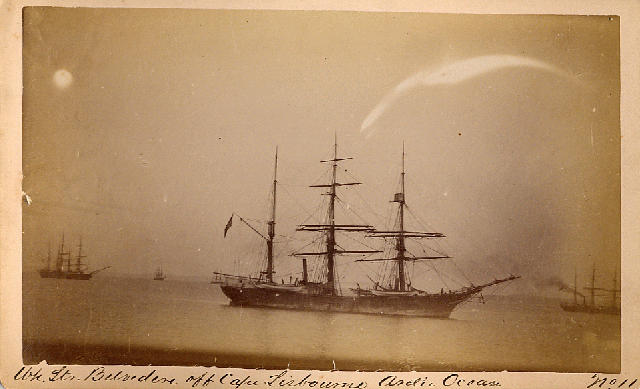For my first time transcribing a memoir, my group and I transcribes a memoir written by the kids of a man named John Wiley. The memoir is written after the death John Wiley in order to remember in his life. It first starts off by introducing John Wiley and his family stating that his mother died when he was very young, his father was a member in the congregation for 66 years, he had a brother that was also a member of multiple congregations, and then he also had his sister. The memoir then describes his early life being a favorite of his teachers, but when moving to the city to start a career he also started to enjoy life and, “sinful pleasure” (3). Around the age of 15 he did not want anything to do with God. He soon went to London and that is when he decided that he needed to change the way he was living and turn to God. He became a laborer at the Kingwood congregation and started to teach the children there. Shortly after being welcomed into the congregation as a laborer he had his first communion and was visited with a vision of Jesus Christ. John Wiley devoted himself more to the Church at this time but also started to face hardships with his health. After teaching at the Kingwood Congregation he then was a teacher in Mirfield for several years and then also started to preach the gospel. After several more years of preaching he finally became ordained, but his health was quickly deteriorating. John Wiley died still proclaiming his devotion to the Lord.
After reading the memoir it is hard not to ask myself, “What were the other family members doing at this time, and what were they feeling?”. This is written by the children of John Wiley and they seem to be okay with his death since he will be closer to God whom John Wiley devoted much of his life too. The children writing this memoir do not seem as if they are grieving his death but more celebrating his life. There are also some holes in the story, and I feel like there are parts missing when talking about his mental state. In no instance do they talk about how worried they were, they always seemed to be positive throughout his whole life.
When looking at the document through voyant it helps organize keywords through visual images and much more. In the John Wiley memoir the 5 most common words are years, time, great, lord, and life. Lord and life appears a good amount in the memoir since it is about John Wiley’s life and religion played a big part of it. When talking about time, it referred to time he spent in different places, and years referred to the same thing and also ages of people. The word great was connected to various sentences and there was no clear pattern.

Above is a visual tool on voyant that allows the viewer to see the most frequent words. When you put your mouse over one of the words it also highlights other words it is connected to in the document.

Above is the visual tool called “Cirrus” and it again highlights the keywords in the document in a visual image that would be able to be shown to anyone.

Above is a visual tool called “knots” and it has a line for a certain keyword, and every time the word is used the line bends a little bit making a knot.
Jacob Hubbard is a sophomore at Bucknell University, and is from San Francisco, CA.



